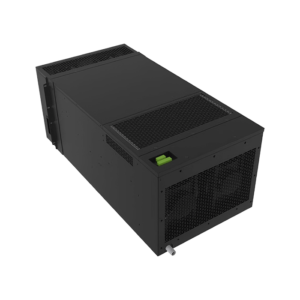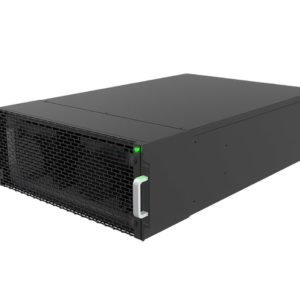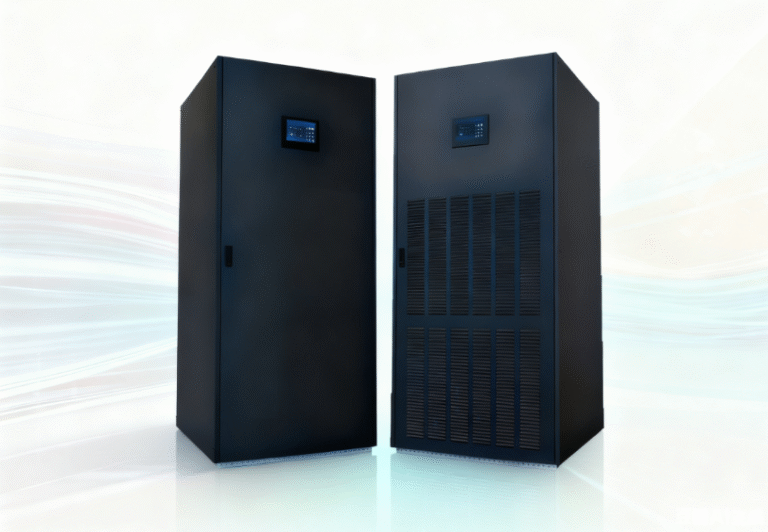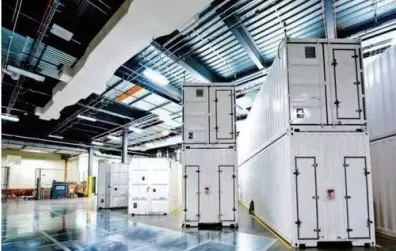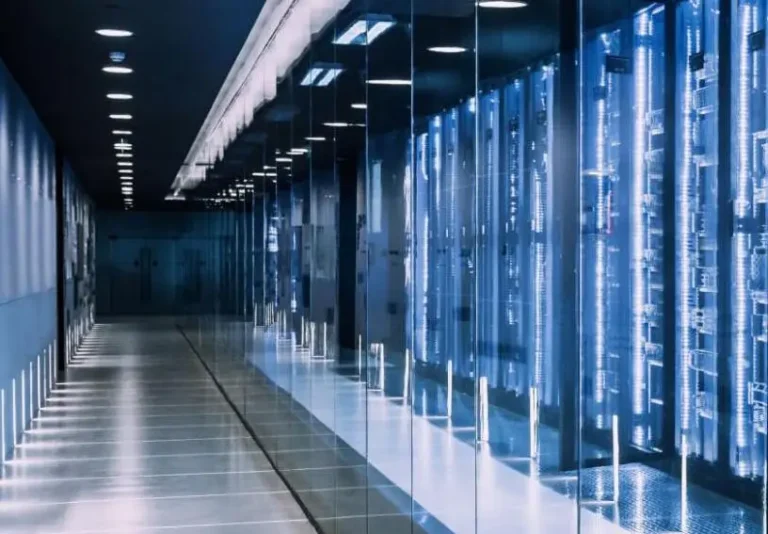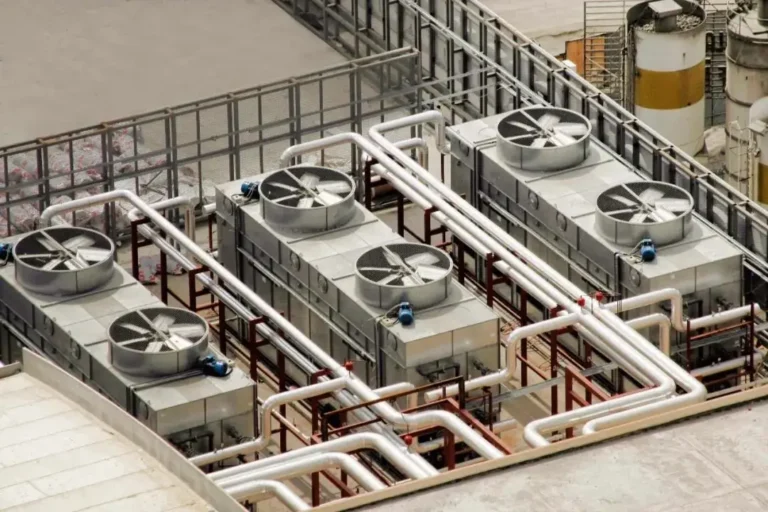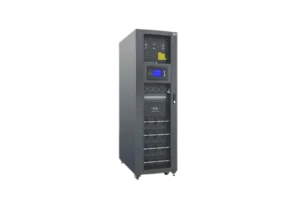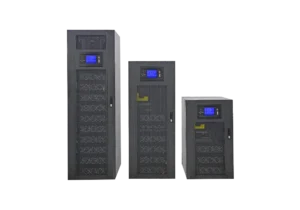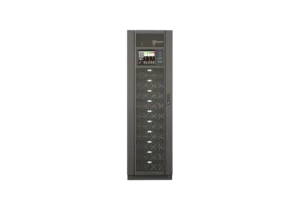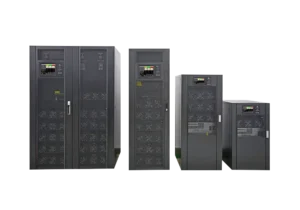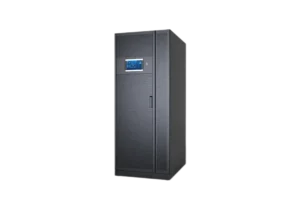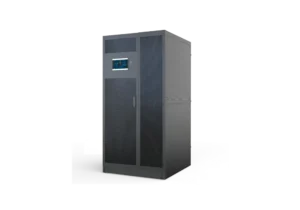In the era of AI, edge computing, and 24/7 digital operations, server racks are getting denser—and hotter. A single high-density rack (10kW+) can generate as much heat as a small space heater, and without a tailored server rack cooling solution, this concentrated thermal load leads to hot spots, server throttling, hardware failures, and costly downtime (averaging $100,000 per hour, per Gartner).

Unlike general server room cooling, which targets the entire space, a server rack cooling solution focuses on the source of heat: the rack itself. It’s designed to address the unique challenges of dense IT equipment—uneven heat distribution, limited airflow, and the need to protect sensitive components without wasting energy. Below, we break down 7 expert-backed strategies to design, implement, and optimize a server rack cooling solution that scales with your density needs and delivers long-term efficiency.
1. Match Your Server Rack Cooling Solution to Rack Density
The first rule of effective rack cooling is to align the solution with your rack’s heat load—density dictates design. Racks are typically categorized by heat output, and each requires a different server rack cooling solution:
·Low-Density (≤5kW): Common in small businesses or office server closets. A compact precision air cooler (mounted on the rack or nearby) or even a well-optimized room cooling system (paired with proper airflow) suffices.
·Medium-Density (5–10kW): Used for growing mid-market IT infrastructure. Requires targeted solutions like row-based precision cooling (units installed between racks) or rack-mounted ductless systems that blow cool air directly into the rack.
·High-Density (10–20kW): Found in colocation facilities or AI/ML environments. Demands advanced air cooling (e.g., closed-loop rack cooling with hot aisle containment) or entry-level liquid cooling (cold plates).
·Ultra-High-Density (≥20kW): Reserved for HPC clusters or data-intensive workloads. Requires liquid cooling (immersion or direct-to-chip) to handle extreme heat loads.
Example:
A fintech startup with 4 medium-density racks (8kW each) initially used a general room AC unit, leading to consistent hot spots (28°C) at the top of racks. After switching to a row-based precision cooling system (a targeted server rack cooling solution), they maintained a steady 22°C across all racks and reduced cooling energy use by 23%.
2. Prioritize Rack-Mounted Cooling for Space-Constrained Environments
For server rooms or edge facilities with limited space (e.g., retail backrooms, small office closets), a rack-mounted server rack cooling solution is a game-changer. These compact units attach directly to the rack (top, bottom, or side), eliminating the need for floor space and delivering cool air right where it’s needed.
Key Types of Rack-Mounted Solutions:
·Rack-Mounted Precision Air Coolers: Self-contained units that draw in hot air from the rack, cool it via refrigerant, and blow it back into the cold aisle. Ideal for low-to-medium density racks (≤10kW) and small spaces.
·Rack-Mounted Liquid Cooling Systems: Compact cold plate or microchannel units that attach to server CPUs/GPUs, absorbing heat directly. Suitable for medium-to-high density racks (8–15kW) and environments where air cooling is inefficient.
优势
A regional healthcare clinic with a 2-rack server closet (6kW total load) used a rack-mounted precision air cooler to replace a bulky floor unit. The solution freed up 30 square feet of space, reduced noise (critical for a clinical environment), and maintained ±1°C temperature precision—ensuring patient data servers stayed online.
3. Implement Closed-Loop Cooling for High-Density Racks
High-density racks (10kW+) generate so much heat that standard air cooling can’t keep up—unless you use a closed-loop server rack cooling solution. Closed-loop systems isolate the rack’s air supply from the rest of the room, preventing hot and cold air from mixing (the #1 cause of inefficiency and hot spots).
How It Works:
·Cool air is circulated within the rack (or a small enclosed zone around the rack) via fans or ducts.
·Hot air is exhausted directly to the room’s return air system or a dedicated hot aisle—never recirculated back into the cold air supply.
Best For:
Colocation facilities, data centers with mixed-density racks, or any environment where air mixing is a problem. Pair it with hot/cold aisle containment for maximum efficiency.
Case Study:
A colocation provider in Dallas had 12 high-density racks (15kW each) struggling with hot spots (30°C) despite a powerful room cooling system. After installing closed-loop rack cooling with containment panels, they reduced rack temperatures to 21°C, cut cooling energy use by 31%, and were able to add 2 more racks in the same space (thanks to improved heat management).
4. Embrace Liquid Cooling for Ultra-High-Density Racks
When rack density exceeds 20kW, air cooling hits a wall—liquid cooling becomes the only viable server rack cooling solution. Liquid conducts heat 4x more efficiently than air, making it ideal for ultra-dense workloads (e.g., AI training, HPC, crypto mining).
Key Liquid Cooling Variants for Racks:
·Direct-to-Chip (Cold Plate) Cooling: Metal plates attached to CPUs, GPUs, and other hot components. Chilled liquid circulates through the plates, absorbing heat and carrying it to a heat exchanger. Ideal for 15–30kW racks.
·Immersion Cooling: Servers are fully submerged in a non-conductive dielectric fluid that absorbs heat. The fluid is cooled via a heat exchanger, eliminating the need for fans. Suitable for 30kW+ racks and extreme environments.
Example:
A tech giant’s AI research lab used immersion cooling for 8 ultra-dense racks (35kW each) powering GPU clusters. The server rack cooling solution reduced cooling energy use by 47% compared to air cooling, eliminated hot spots entirely, and allowed the lab to pack 2x more servers into the same space.
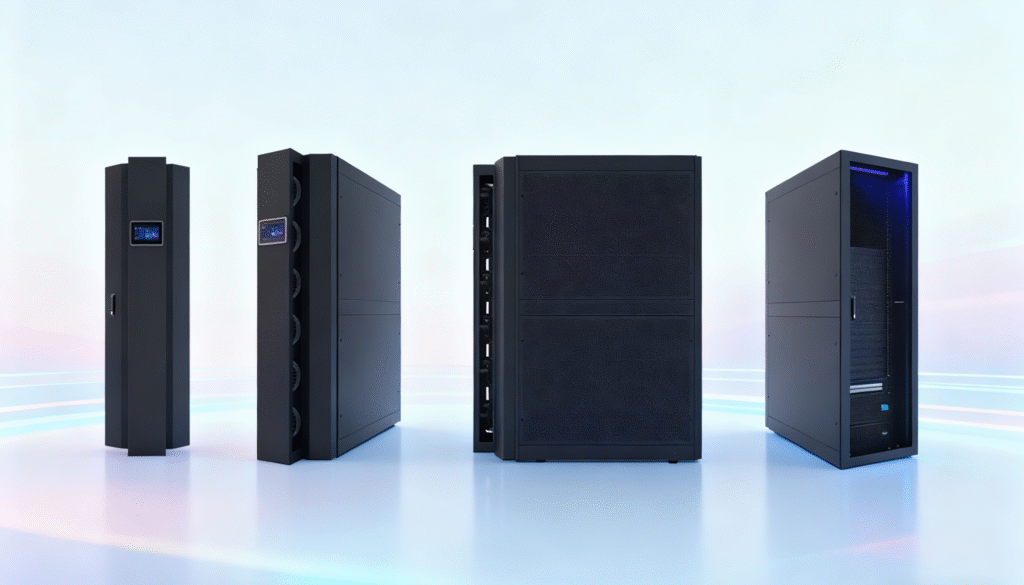
5. Optimize Rack Layout & Airflow to Maximize Cooling Efficiency
Even the best server rack cooling solution will fail if airflow is mismanaged. The goal is to ensure cool air reaches server intakes and hot air is quickly exhausted—no mixing, no stagnation.
Expert Airflow Tips:
Rack Orientation: Arrange racks in hot/cold aisles—servers face the cold aisle (intake cool air) and exhaust hot air into the hot aisle. Use containment panels to seal the aisles.
Blanking Panels: Install blanking plates in empty rack slots to prevent cool air from escaping through unused spaces (a common oversight that wastes 15–20% of cooling capacity).
Cable Management: Use vertical cable organizers to keep cables out of airflow paths—cluttered racks block air circulation and create hot spots.
Rack Elevation: Raise racks 6–12 inches off the floor to allow underfloor air distribution (critical for room-based or row-based cooling systems).
Result:
A logistics company in Chicago reorganized 10 racks into hot/cold aisles, added blanking plates, and tidied cables. Their existing server rack cooling solution (row-based precision cooling) became 27% more efficient, and hot spots dropped from 29°C to 23°C.
6. Add Redundancy to Your Server Rack Cooling Solution
For mission-critical racks (e.g., those powering customer transactions, healthcare records, or industrial systems), redundancy is non-negotiable. A server rack cooling solution with no backup can lead to catastrophic downtime if a unit fails.
Redundancy Options:
N+1 Redundancy: Install one extra cooling unit for every N units needed. For example, if 2 rack-mounted coolers handle a 10kW rack, add a 3rd as backup.
Dual Power Supplies: Ensure cooling units have dual power sources (e.g., main grid + UPS) to stay operational during power outages.
Cross-Zone Cooling: For row-based systems, connect racks to multiple cooling units so if one fails, others can pick up the load.
Case Example:
A regional bank’s core transaction rack (12kW) used an N+1 server rack cooling solution (2 active cold plate units + 1 backup). During a compressor failure in one active unit, the backup activated within 3 seconds—no temperature spike, no downtime, and zero impact on customer transactions.
7. Use Smart Monitoring to Proactively Optimize Your Server Rack Cooling Solution
Modern server rack cooling solutions aren’t “set-it-and-forget-it”—they’re intelligent systems that can be optimized with real-time data. Smart monitoring tools help you track performance, identify inefficiencies, and prevent issues before they cause downtime.
Key Monitoring Features to Look For:
Real-Time Temperature/Humidity Tracking: Monitor conditions at the rack level (not just the room) to catch hot spots early.
Energy Use Metrics: Track how much energy your cooling solution consumes per rack to identify waste.
Predictive Maintenance Alerts: AI-powered tools analyze component data (e.g., fan speed, compressor performance) to alert you to potential failures (e.g., a clogged filter, failing fan) before they impact cooling.
Remote Control: Adjust cooling settings (e.g., fan speed, temperature setpoints) from a centralized dashboard—critical for edge racks or remote facilities.
Example:
A cloud provider with 50 distributed edge racks used a smart monitoring platform for their server rack cooling solutions. The system detected a drop in airflow in a 8kW rack (caused by a clogged filter) 14 days before it would have led to overheating. The team replaced the filter during a scheduled visit, avoiding unplanned downtime and extending the cooling unit’s lifespan by 2 years.
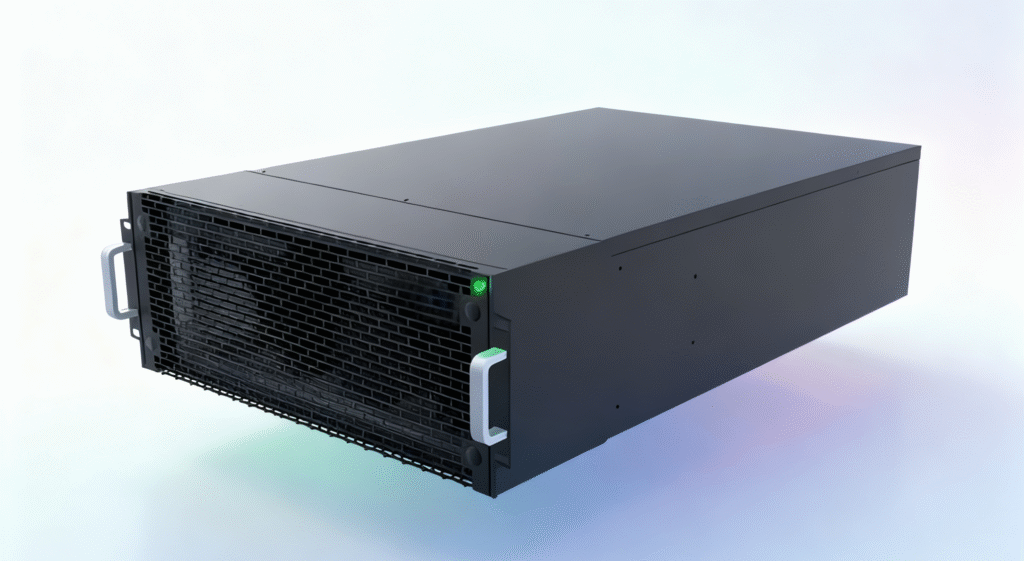
Conclusion: A Targeted Server Rack Cooling Solution Is Non-Negotiable for Modern IT
As server racks grow denser and workloads more demanding, a one-size-fits-all cooling approach won’t cut it. A tailored server rack cooling solution—matched to your density, space, and reliability needs—turns concentrated heat from a liability into a manageable challenge.
Whether you’re running a small office rack or an ultra-dense HPC cluster, the strategies above prove that effective rack cooling isn’t just about “more cold air”—it’s about delivering the right cooling, in the right place, at the right time. By investing in a targeted solution and optimizing it with airflow management, redundancy, and smart monitoring, you can protect your hardware, reduce costs, and ensure uninterrupted operations.
Ready to refine your setup? I can help you create a custom server rack cooling solution assessment—tailored to your rack density, space constraints, and budget—to identify gaps and recommend the optimal system. Just let me know if you’d like to dive in.


